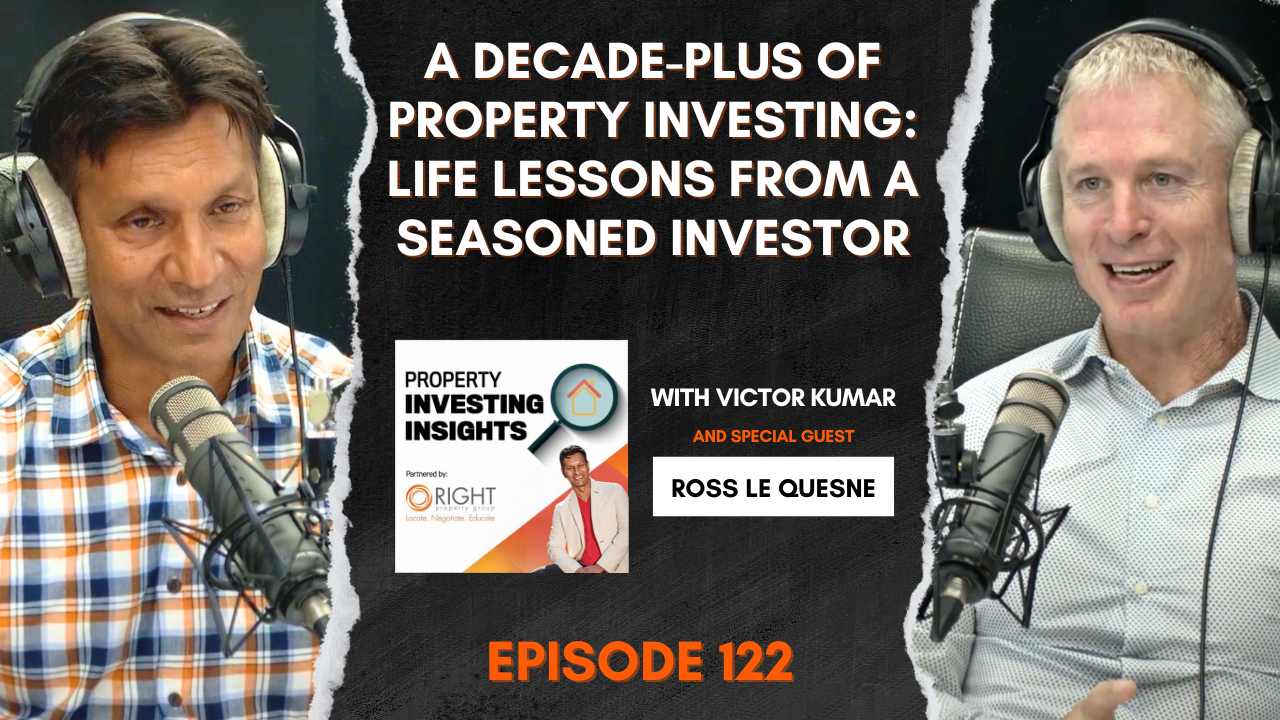Why "warty" properties can still make beautiful investments
By Victor Kumar
While property investment can be nothing like a fairytale, there can be potential to profit from “warty” properties.
I’m sure you know the fairytale where the beautiful princess kisses the warty frog and magically he’s transformed into a prince?
Well that story does have synergy with property investment and provides another way that investors can make money from under market value properties.
Last month, in this series, we looked at how investors can profit from a property’s bad marketing and presentation (How to profit from bad marketing and presentation)
In the next blog in this series, we’re going to consider those properties that are a bit “warty” – you know the ones where the homeowner or investor doesn’t make much of an effort to increase its attractiveness or saleability.
You see, some property comes “warts and all” and if you’re game enough to invest a little time and effort into bringing it up to scratch then the profits can be substantial.
An important caveat if you’re considering buying a warty under market value property is you must calculate the costs involved in bringing it up to par and not overlook any major structural work that can drastically impact its profit potential.
Ideally, the renovations should be relatively minor – such as a fresh coat of paint inside or outside, cleaning up the front yard, or small-scale improvements such as extending the balcony – then that warty property could quite easily turn into a handsome profit prince.
One of the reasons why warty properties are often left to languish on the market is because too many people are emotional about their property buying decisions.
They see hurdles such as termite damage as insurmountable and walk away without exploring how much it may cost to fix and what the resultant property value uplift could be.
Buying property can be an emotional experience – but it really shouldn’t be. Decisions should be rational because some problems are easy to fix, if you can just get over your initial reaction.
One of the most common reasons for a property to remain unloved on the market – apart from an unrealistic listing price – is because inspection access is difficult or nigh-on impossible.
This is usually because the property is owned by an investor and the tenants have decided to not help out in any way, which includes making regular inspections difficult.
Of course, this can make it very tricky for the seller because people generally want to physically inspect a property themselves or via a buyers’ agent before deciding to buy it.
The number of potential buyers can also be curtailed by the listing only showing external photos, which again can be due to the tenants not giving approval for interior images, but can also be due to the owner wanting to “hide” the inside. Of course, that is always a terrible strategy!
But a warty property like this example can still offer a good under market value opportunity – as long as you persevere and do your research.
As an example, we helped a client research and aquire a two-bedroom unit that was on the market but was proving very difficult to inspect. The sales agent kept making times to view the property but the tenant kept re-scheduling or cancelling.
A lot of buyers would have given up at that point because it’s always frustrating when inspections are changed at the last minute or are just cancelled altogether.
We however persevered, and the research showed that that property was about $60,000 under market value because the lack of easy inspection access meant the price had been lowered to try and offload the property.
Warty properties are the ones that on first viewing most buyers turn away from. It may be because they’re in poor cosmetic condition, have had hoarders living in them, or perhaps they’ve just been hit with the ugly stick and haven’t been updated since the ’70s.
But, as we all know, appearances can be deceiving and beauty is more than skin deep. That’s why it usually makes financial sense to look past any “warts” to understand whether an opportunity also exists to profit from an under market value property that just needs a little bit of love and attention.
To read the first blog in the series, click here. (How to profit from under market value property)
To read the second blog in the series, click here. (How to profit from distressed sales)
To read the third blog in the series, click here. (Benefiting from institutional sales)
To read the fourth blog in the series, click here. (How to profit from bad marketing and presentation)




